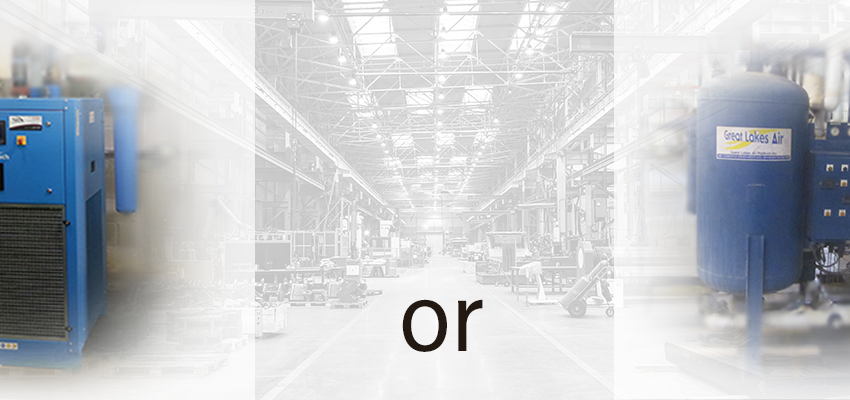Compressed air dryers are very popular in industries and they are mainly used for removing contaminated water and other unwanted particles from compressed air. Many compressed air dryer manufacturers are embracing their clients with various air dryer machines. Compressed air dryers can be various types including refrigerated and desiccant dryers. Each dryer has different features and functions. Here, we are going to mention a detailed description of both dryers so that you can choose and purchase the right one from a reputed air dryer manufacturer in India.
Refrigerated air dryer
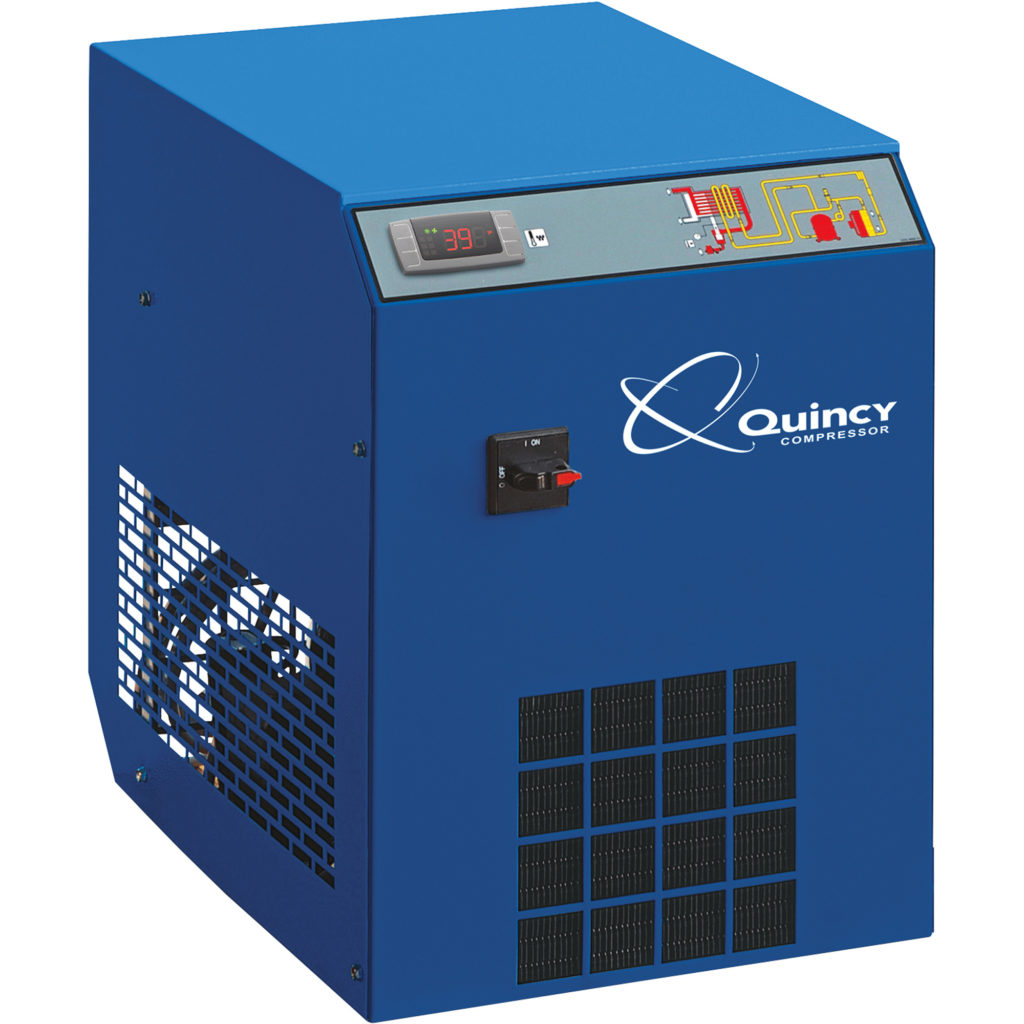
This type of air dryer chills the compressed air to 33 – 40 degrees Fahrenheit. At this temperature, water vapour is condensed into a liquid and is then debarred from the system via a water-trap and automatic drain. Next, the cool dry air then is reheated to around room temperature before departing the dryer. This helps lessen condensation on the compressed air piping. The two types of refrigerated air dryers are commonly found and they are non-cycling and cycling.
Non-cycling air dryers
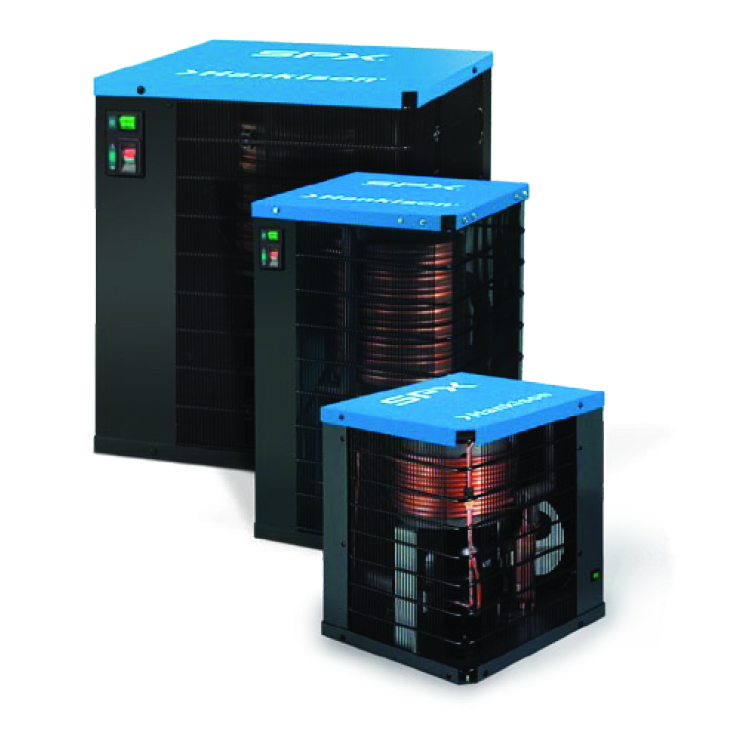
This type of air dryer controls the temperature by using a hot gas bypass valve and cycling of the evaporator fan to maintain a tight temperature range. These dryers are very cost-effective and are ideal for maintaining a consistent dew point average of 38 degrees F. These dryers also are available for high inlet temperature applications and are commonly found on reciprocating air compressor systems.
Cycling air dryer
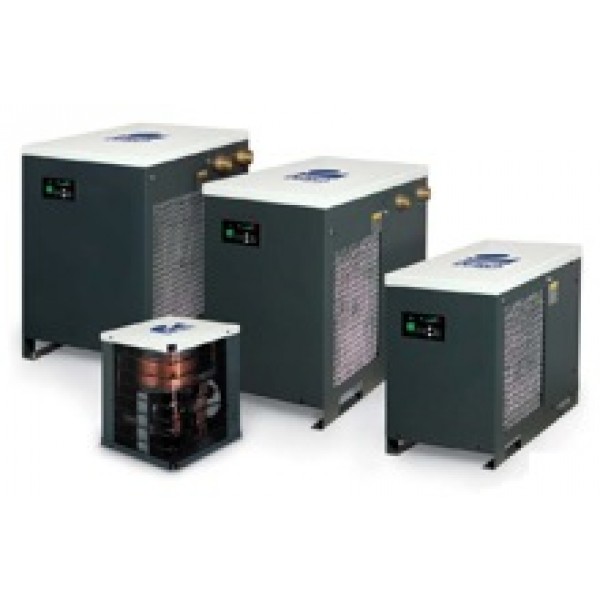
The markets are thronged with three types of cycling air dryers and they are thermal mass, digital scroll, and variable speed drive. All of these refrigerated dryers are designed to minimize energy usage and thus, they save a chunk of your money. These dryers conserve energy by either cycling the refrigeration system or through the use of a VFD drive. When compared with desiccant air dryer, the prime advantage of cycling and non-cycling refrigerated dryers is you need to spend a minimal amount for their maintenance and the initial investment is also lower. This is the most common type of dryer used in the service and manufacturing industries. If your application demands only dry air without any visible moisture present, then this is the best option for you.
Desiccant air dryer
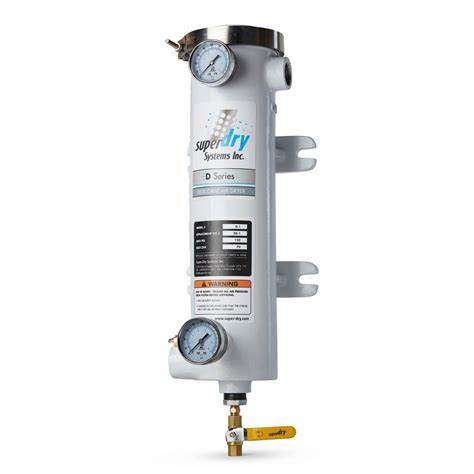
This type of compressed air dryer removes all water vapour down to a -40- or -100-degree dew point as per the requirement of your application. Instead of refrigerating the compressed air, this air dryer absorbs the moisture by using Activated Alumina and Molecular Sieve type desiccants. Desiccant dryers are made up of two towers which hold the desiccant beads. These types of dryers usually consume between 5 – 18% of your compressed air supply. These air dryers are also energy-efficient and save a lot of money. The common types of desiccant air dryers are heatless, heated, and blower purge. The core advantages of both heated and blower purge regenerative air dryers are that they use very little or no compressed air in their regeneration process. This saves capacity and energy on your compressed air system. One of the aids of desiccant air dryer over a refrigerated dryer is that it can operate at a steadily low dew point. If your application demands ultra-dry air or used to operate in below-freezing conditions, this is the most suited option for your compressed air system. But you should use them wisely used when necessary because the initial investment is much higher, high operation costs, and increased maintenance expenses.Indoair holds an astonishing market reputation as a reputed air dryer manufacturer in India. The company offers various air dryers including refrigerated air dryers and desiccant air dryers to its customers. To know more about the company, don’t forget to visit its official webpage.

